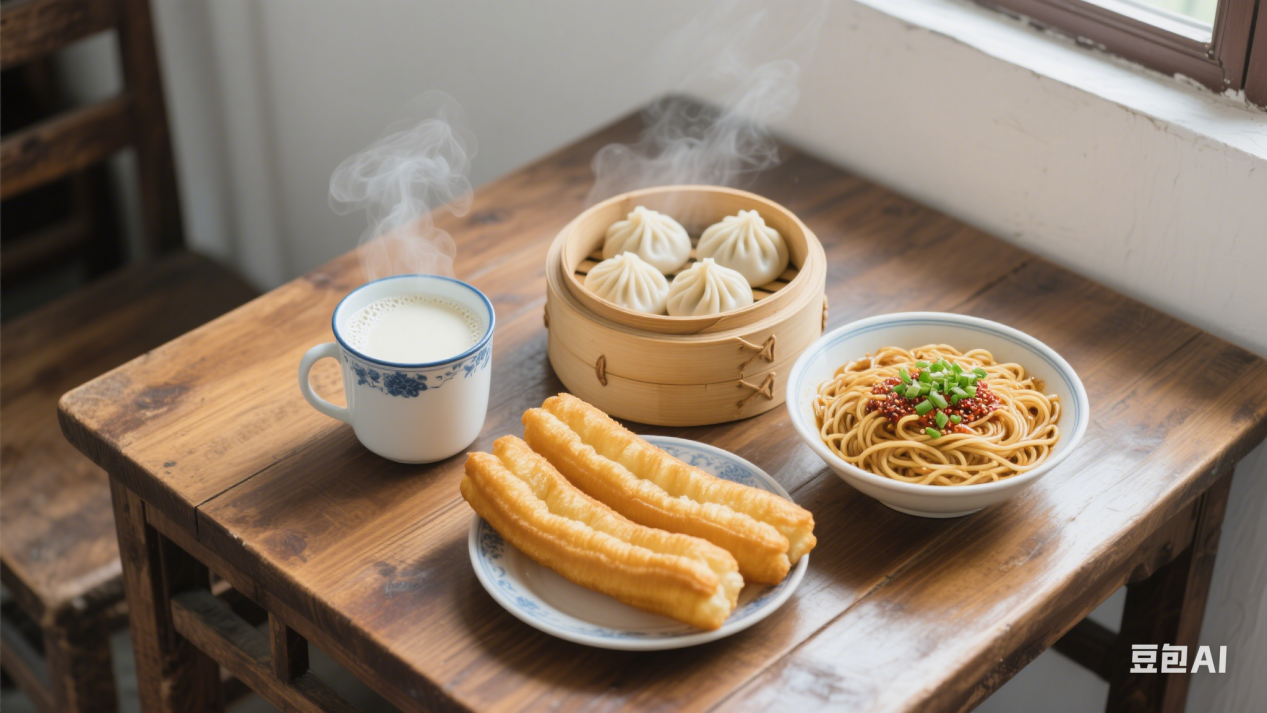
Breakfast dishes in China widely differ from region to region. Here we introduce some traditional, popular, and famous Chinese breakfast foods. These dishes are easily ___1___ (find) in snack streets every morning.
(1) Soybean Milk and Deep-Fried Dough Sticks
This breakfast set usually appears together. The two components are the most common breakfast ___2___(combine). Soybean milk is made with a blender. You can find freshly blended or ___3___(boil) soy milk in disposable cups at most breakfast stalls (货摊). It’s very ___4___(convenience) for take-out. Deep-fried dough sticks are long, brown, deep-fried sticks of dough. You can eat one as it is or dip it in some soybean milk.
(2) Steamed Buns
Chinese people can eat steamed buns at any meal, but they are ___5___(especial) popular at breakfast. There is an almost endless variety of flavors, both ___6___(salt) and sweet. Salty flavored buns are stuffed with ground pork, eggplant, eggs, and vegetables. Sweet flavored buns are stuffed with bean paste, creamy custard, sesame seeds, and sugar. They are also very convenient for take-out. Some stores sell steamed buns in a small basket ___7___ about eight small steamed buns in it. These steamed buns are usually called “small basket buns”.
(3) Wheat Noodles
In northern China, ___8___ wheat is more commonly eaten, a bowl of hot and delicious wheat noodles is a popular breakfast dish.
In Wuhan, hot-and-dry noodles are eaten for breakfast by almost everyone. This dish is prepared by boiling noodles, ___9___ (dry) them, adding oil to them while cooling, then scalding (烫) them quickly and adding condiments (调味料). Lanzhou stretched noodles are a popular food in China. The added ingredients are usually beef or lamb.
Now, wheat noodle shops have spread to other parts of China, ___10___ you can have wheat noodles in nearly every city.
原创编写 版权所有 侵权必究! 每日更新 个性化阅读 英语飙升!
